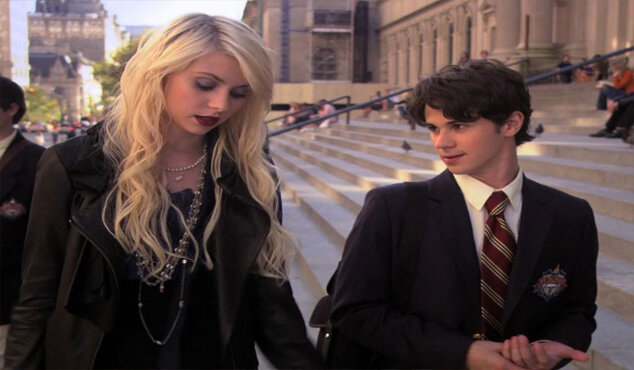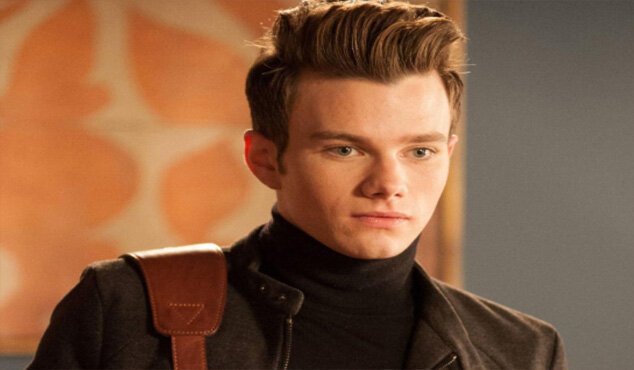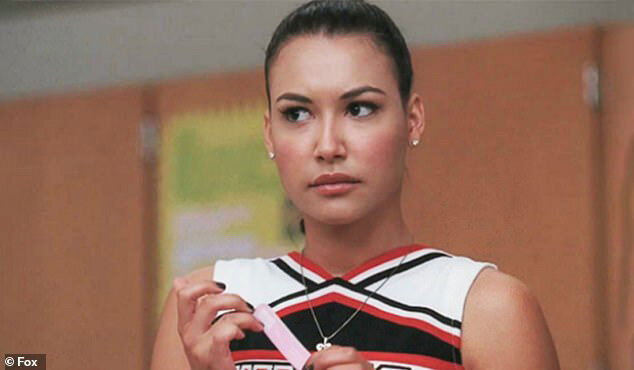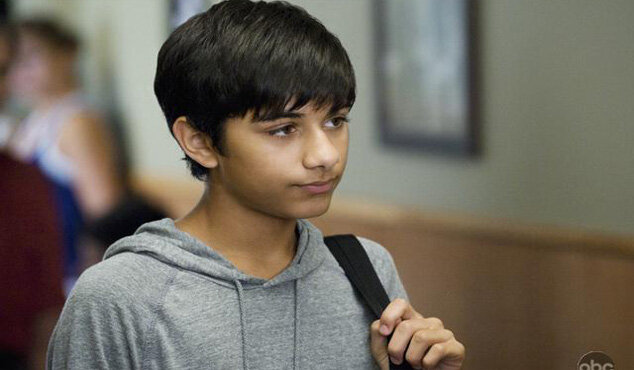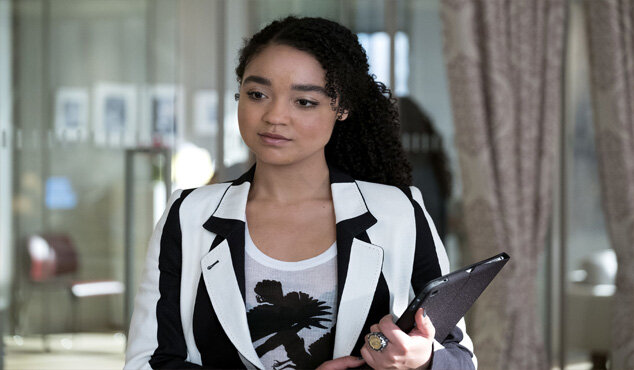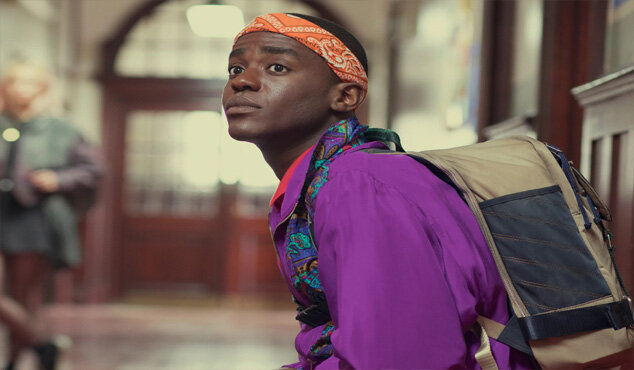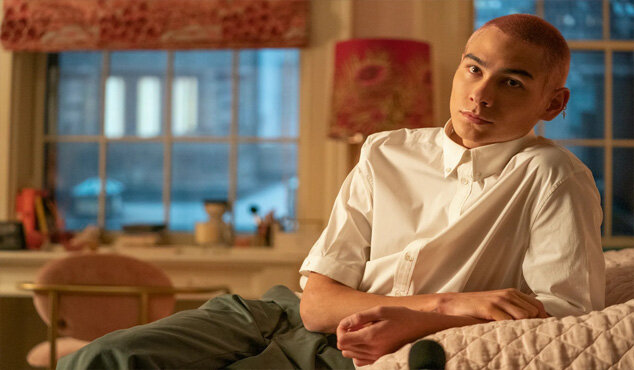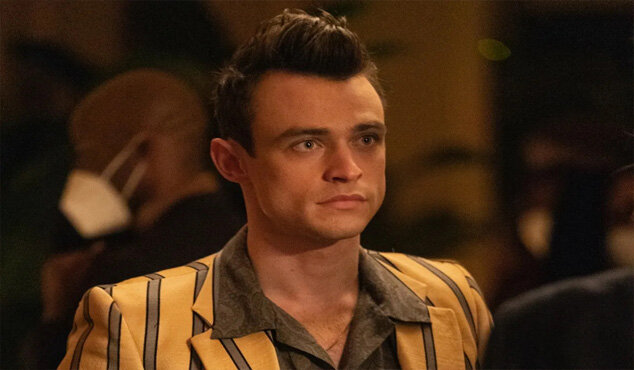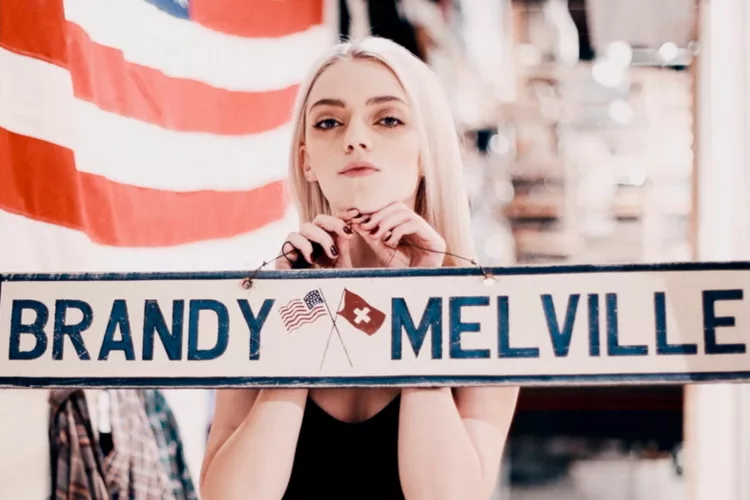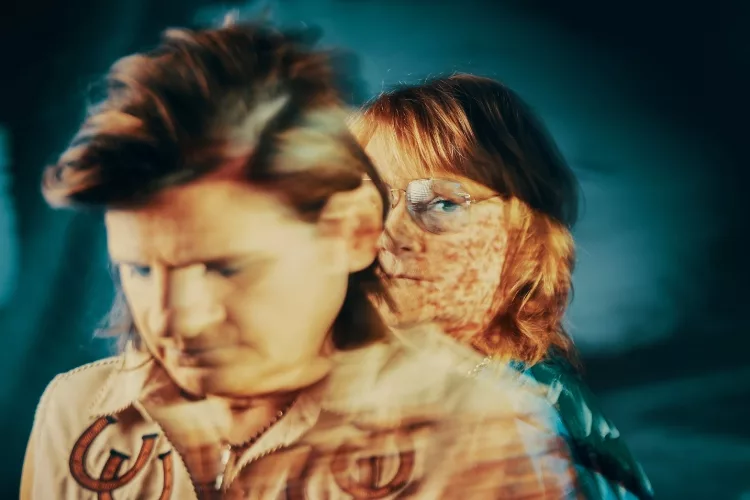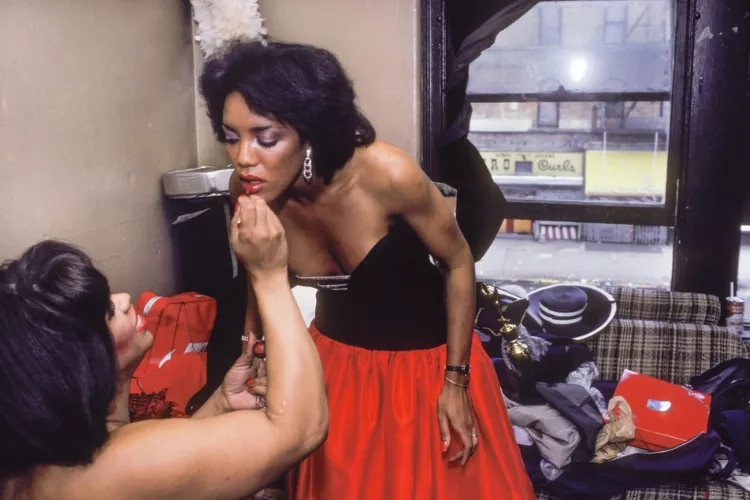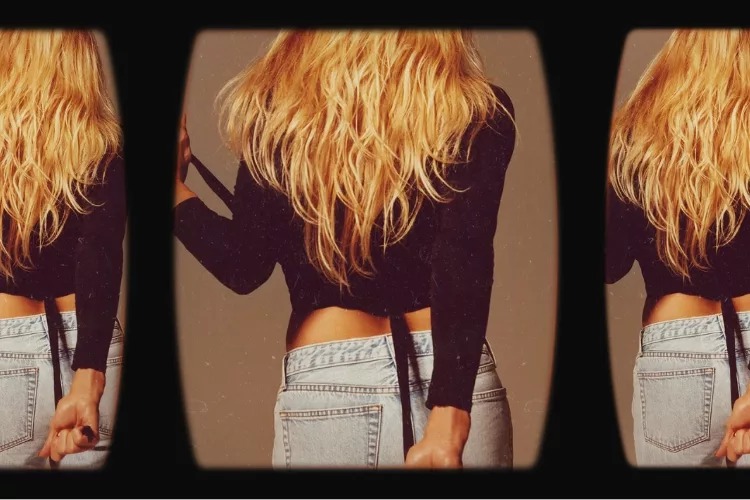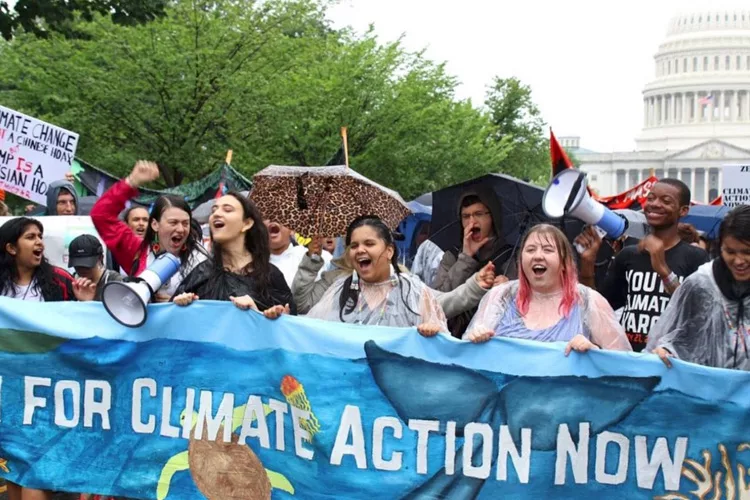It’s no secret that America is more openly queer than ever before. The LGBTQ+ community has come a long way in the fight for equality. From the legalization of same sex marriage in 2015 to equal employment rights in the workplace, society has finally started to recognize the importance of protecting the LGBTQ+ community. As the recognition of rights for the queer community continues in reality, there is also improvement of LGBTQ+ representation on the TV screens as well.
The journey of queer representation in television hasn’t always been linear. In 1971, the first credited openly gay character, Steve, on the primetime TV show “All in the Family” upended audience expectations with an inflammatory storyline. Though short lived (he appeared in only one episode), after the dust settled, a huge victory for the LGBTQ+ community happened: a confirmed openly gay character on national television helped propel All in the Family” to number 1 on the charts. But the more important piece was portraying Steve as a completely masculine, sports loving, seemingly straight character who just “is” gay. The word “gay” is never uttered yet the bigotry and complexity of a social moment had arrived. It’s worth checking out All in the Family episode 5, season 1
In 1994 ,“Ellen”, starring Ellen DeGeneres successfully ran for four seasons until…Ellen came out IRL and then on her show. Renamed “Ellen DeGenerate” by Jerry Falwell, with ABC condemned for promoting “homosexuality”, the episode (which was seen by 42 million people) prompted an uproar in mainstream culture while attempting to normalize same sex relationships. Hit with a major backlash after the initial hype Ellen, the ratings tumbled and the show was cancelled after season five ostensibly because of low ratings. While lesbian representation on prime time television wasn’t possible at that moment, “Ellen” still made its mark for the LGBTQ+ community and set the tone for what the future of television would be.
Other shows like “Will & Grace” and “The L Word” also played their parts in breaking barriers within the TV industry and creating spaces for queer characters. Premiering in 1998 with an eight season run and later reboot, “Will & Grace” shows the friendly dynamic between Grace, an interior designer, and Will, a gay lawyer. While it received its backlash, especially for the character Will, it was ultimately a show loved by the nation. To have one of the main characters be an openly gay man really helped change the attitude of Americans towards gay representation on the screens. Similarly with a six-season run, The L Word was the first American television series to following the lives of a group of gay women navigating life in Los Angeles. Finally, the nation watched the US t.v. industry somewhat start to embrace the idea of including LGBTQ+ characters and storylines within these show concepts and ideas. Fortunately, progress didn’t stop there and a whole new generation has embraced LGBTQ+ characters on major shows. Starting from Gossip Girl 1.0 to present day, here are queer characters we have loved to see on the TV screens.
Eric Van der Woodsen (Gossip Girl 1.0)
They say money can’t buy happiness, and Eric Van der Woodsen can attest to that. Born to one of the wealthiest families in Manhattan, one would would think that we would see Eric as a privileged rich kid like his peers, even as an open gay teen. But his introduction was rather sad casting him as a depressed teen sent to a mental institution for suicidal tendencies. His later scenes were mainly composed of him being Jenny’s supportive friend or his sister Serena’s moral compass. Basically, that was about it. Yet it was still exciting to see a gay character included in the storylines of the N.Y. elite.
Kurt Hummel (Glee)
Out, proud and ever so flamboyant musical theatre geek, Kurt Hummel, was the gay icon teens really needed. From season 1 on, there was clear character development with obvious hints of “the best is yet to come”. Though somewhat stereotypical, Kurt managed to be complex; advocating for anti-bullying initiatives, joining the football team against all odds, gaining acceptance from his traditionally masculine father and never giving up of going after his dreams. Kurt Hummel was the positive portrayal of being a gay teen in a small town with big dreams that many other teens could probably relate to.
Santana Lopez (Glee)
Glee broke boundaries in so many ways in terms of Queer positive representation. The most intriguing may have been the closeted cheerleader Santana Lopez. As proud and open as Kurt Hummel was, Santana was as closeted and in denial. For the first couple seasons we saw her constantly hooking up with football jock, Puck. Then we slowly started to see her attraction to her best friend, Brittany Pierce. And after being cruelly outed from a congressional campaign, she eventually came to terms with being lesbian. Like Kurt, Santana was another relatable depiction of queer teens with her fear of being lesbian whilst growing up with a religious grandmother and not fitting in to who she thought she was supposed to be. While she eventually gets her happy ending, the journey it took to get there was a storyline that needed to be shown.
Justin Suarez (Ugly Betty)
The happy, flamboyant, fashionable Latino from Queens, Justin Suarez was a breath of fresh air. Not coming out until season 4, storylines during the early seasons easily paved the way for total acceptance: he was encouraged to be his authentic self and do what makes him happy, because that’s all his family wanted for him. As a middle schooler, Justin Suarez was the perfect representation for young teens to be who they are – no shame required!
Kat Edison (The Bold Type)
While she may not be a teenager, Kat Edison was the queer representation needed for any questioning young adults out there. Accomplished Social Media Director of a well-known women’s magazine, Kat Edison lived her life exclusively dating men until she questioned it after becoming attracted to Adena, a lesbian Muslim artist. Kat portrayed that initial uncertainty of sexuality to perfection in The Bold Type with her self-rants, brief stages of denial yet ultimate acceptance that she just might be something other than straight. What made her storyline even stronger was her active initiatives of uplifting LGBTQ+ and BIPOC voices with her platform. While she could have run away from unhidden queer side, she fully embraced it. For Kat to be a queer POC woman in the 21 century, it was great to see her depicted as unapologetically herself in a supportive community, uplifting those around her.
Eric Effiong (Sex Education)
He is the queer icon no one asked for, yet exactly what we needed. Eric Effiong is so gay, I mean unbelievably openly gay that it’s actually relatable. He rejects any form of gender norms with his love of drag and makeup and tendency to embrace elements of femininity. Yet, not once does his character ever completely play into the gay sterotypes, because he is a category of his own. Confident, funny, loyal yet with unseen depths as he navigates being gay in a religious African family. To show a black queer man with no regrets or self-hate who has the courage to be who he is even regardless of how untraditional it may look becomes a radical act. It’s a refreshing take on queer representation that hopefully will continue to be seen as more storylines are written.
Aki Menzies (Gossip Girl 2.0)
It all comes full circle from Eric Van der Woodsen to Aki Menzies. Except where Eric was a somewhat depressed yet open gay man, Aki is shy and questioning bi-sexual. For years he has been in a long term relationship with his girlfriend, Audrey Hope. But recently he started to feel some physical attraction to a close friend, Max Wolfe. With only one season and five episodes in, there’s no telling on how Gossip Girl will further develop Aki’s newfound identity quest. However, it’s already a step up from the original series with its lackluster attempts of any gay representation beyond Eric. If the reboot continues down this path, then Aki’s journey looks like quite the ride worth watching.
Max Wolfe (Gossip Girl 2.0)
Why is the reboot better than the original Gossip Girl queer-wise? Mainly because GG 2.0 has not one but two featured queer characters in the cast, + queer side supportive characters as well. Opposite to Aki, Max Wolfe has fully embraced his pansexuality and from episode one was seen making out with all genders. He’s kissed Aki, slept with Audrey, has had threesomes and is still rolling. Though his personal life is messy with a clear drug addiction and no sense of romantic stability, he is still a sweet guy just is who he is. All in all, Max Wolfe’s character is important because it accurately portrays so many queer teens of today. He shows that even in the world of the rich, there are still those who like to live freely and even wealthy teens traverse and transgress gender and sexuality with joie de vivre!
–Janelle Sessoms

